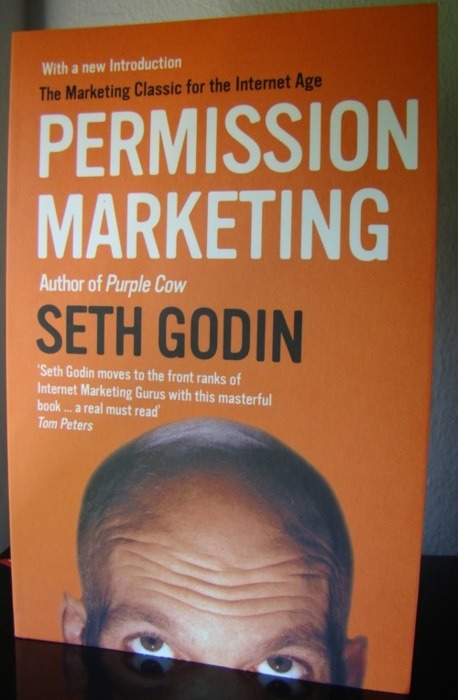Exercise 9.2: The sequences we just described are restricted to consecutive increasing sequences of integers (more precisely, to increasing arithmetic sequences where consecutive elements differ by 1). We can easily imagine similar but more general sequences such as <6, 4, 3, 2> or <5, 5.1, 5.2, 5.3, 5.4, 5.5>—in other words, general arithmetic sequences of a given length, starting value, and increment (with decreasing sequences having a negative increment value).
a. Write a procedure sequence-with-from-by that takes as arguments a length, a starting value, and an increment and returns the corresponding arithmetic sequence. Thus, (sequence-with-from-by 5 6 -1) would return the first and (sequence-with-from-by 6 5 .1) would return the second of the two pre- ceding sequences. Remember that sequences are represented as procedures, so your new sequence constructor will need to produce a procedural result.
b. The procedure sequence-from-to can now be rewritten as a simple call to sequence-with-from-by. The original sequence-from-to procedure made an empty sequence if its first argument was greater than its second, but you should make the new version so that you can get both increasing and de- creasing sequences of consecutive integers. Thus, (sequence-from-to 3 8) should return <3, 4, 5, 6, 7, 8>, whereas (sequence-from-to 5 1) should return <5, 4, 3, 2, 1>.
c. Write a procedure sequence-from-to-with that takes a starting value, an ending value, and a length and returns the corresponding arithmetic sequence. For example, (sequence-from-to-with 5 11 4) should return <5, 7, 9, 11>.
Solution:
; a.
(define sequence-with-from-by
(lambda (start len inc)
(lambda (op)
(cond ((equal? op 'empty-sequence?)
(= len 0))
((equal? op 'head)
start)
((equal? op 'tail)
(sequence-with-from-by (+ start inc) (- len 1) inc))
((equal? op 'sequence-length)
len)
(else
(error "illegal operation" op))))))
; b.
(define sequence-from-to
(lambda (a b)
(if (< a b)
(sequence-with-from-by a (+ (- b a) 1) 1)
(sequence-with-from-by a (+ (- a b) 1) (- 1)))))
; c.
(define sequence-from-to-with
(lambda (start end len)
(sequence-with-from-by start len (/ (+ (- end start) 2) len))))
Exercise 9.6: Write the sequence constructor sequence-map, that outwardly acts like the list procedure map. However unlike map, which applies the procedural argument to all the list elements, sequence-map should not apply the procedural argument at all yet. Instead, when an element of the resulting sequence (such as its head) is accessed, that is when the procedural argument should be applied.
Solution:
(define sequence-map
(lambda (sequence f)
(lambda (op)
(cond
((equal? op 'empty-sequence?)
(empty-sequence? sequence))
((equal? op 'head)
(f (head sequence)))
((equal? op 'tail)
(sequence-map (tail sequence) f))
((equal? op 'sequence-length)
new-length)
((equal? op 'sequence-ref)
(lambda (n)
(if (= n 0)
head
(sequence-ref tail (- n 1)))))
(else (error "illegal sequence operation" op))))))
Exercise 9.: One way we can represent a set is as a predicate (i.e., a procedure that returns true or false). The idea is that to test whether a particular item is in the set, we pass it to the procedure, which provides the answer. For example, using this representation, the built-in procedure number? could be used to represent the (infinite) set of all numbers.
a. Implement element-of-set? for this representation. It takes two arguments, an element and a set, and returns true or false depending on whether the element is in the set or not.
b. Implement add-to-set for this representation. It takes two arguments, an ele- ment and a set, and returns a new set that contains the specified element as well as everything the specified set contained. Hint: Remember that a set is represented as a procedure.
c. Implement union-set for this representation. It takes two arguments—two sets— and returns a new set that contains anything that either of the provided sets contains.
Solution:
; a
(define element-of-set?
(lambda (element set)
(set element)))
; b.
(define add-to-set
(lambda (element set)
(lambda (ele)
(if (equal? ele element)
#t
(set ele)))))
; c.
(define union-set
(lambda (set1 set2)
(lambda (ele)
(or (set1 ele) (set2 ele)))))
Exercise 9.: Assume that infinity has been defined as a special number that is greater than all normal (finite) numbers and that when added to any finite number or to itself, it yields itself. Now there is no reason why sequences need to be of finite length. Write a constructor for some interesting kind of infinite sequence.
Solution:
; Ex 9.22
(define sequence-from-to-inf
(lambda (from)
(lambda (op)
(cond ((equal? op 'head)
from)
((equal? op 'tail)
(sequence-from-to-inf (+ 1 from)))
((equal? op 'sequence-length)
+inf.0)
(else
(error "operation not found" op))))))</code>
; Interesting application
(define display-even-sequence
(lambda (seq)
(if (even? (head seq))
(display (head seq))
(display " "))
(display-even-sequence (tail seq))))
(define display-f-sequence
(lambda (seq f)
(display (f (head seq)))
(display " ")
(display-f-sequence (tail seq) f)))


